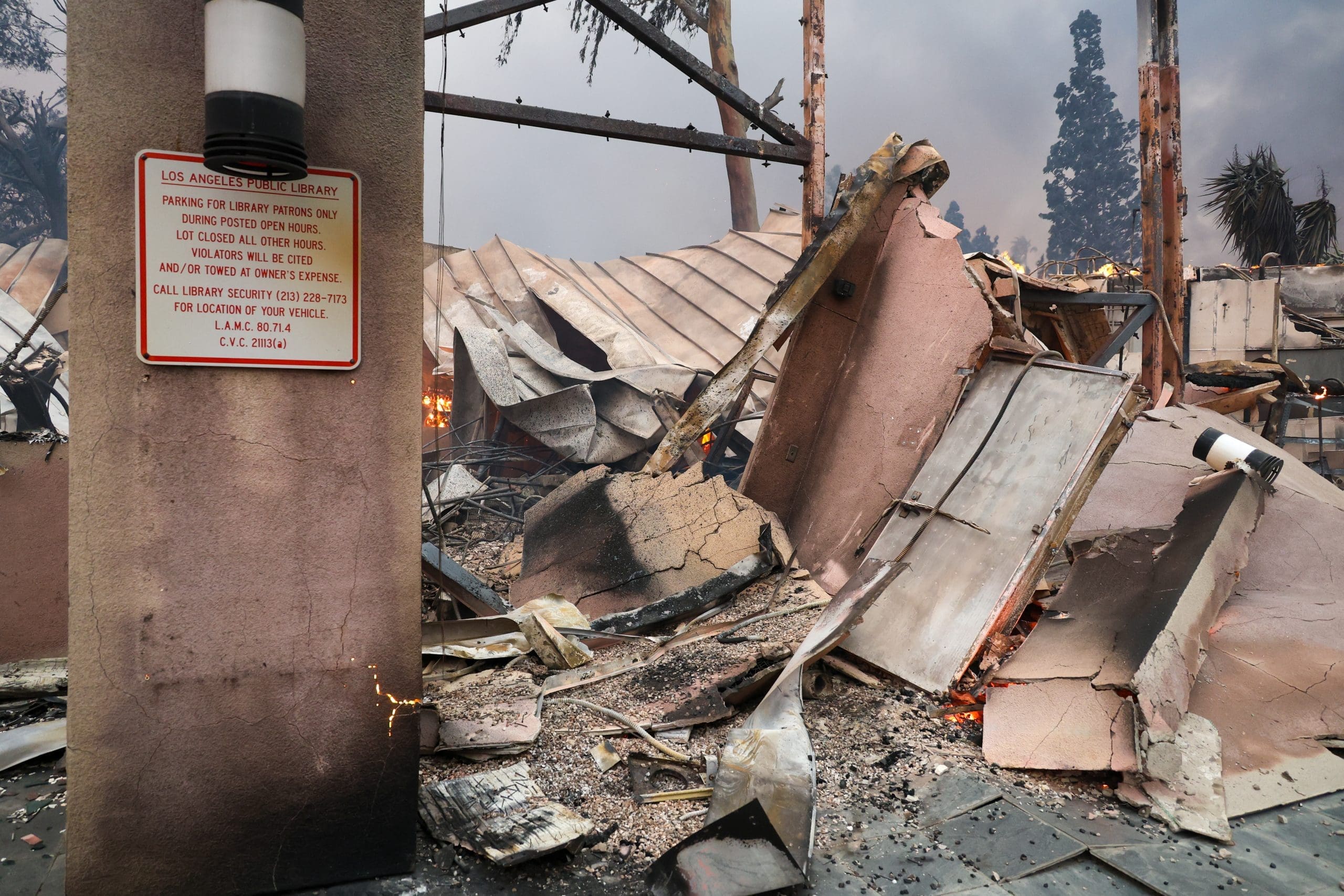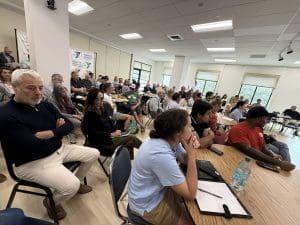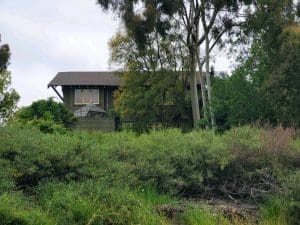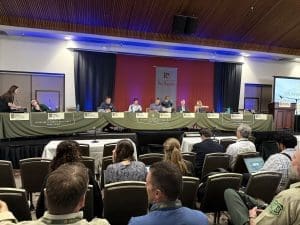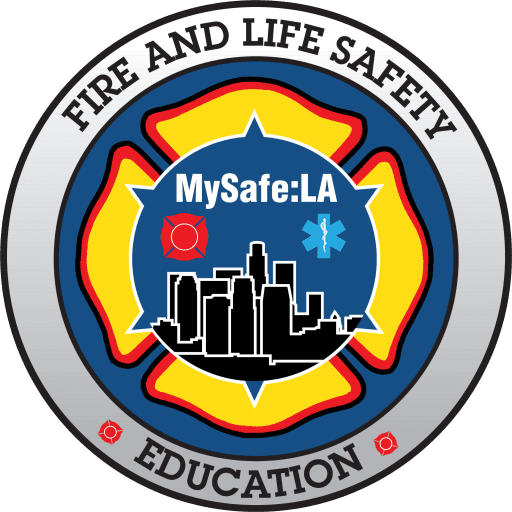Many individuals have inquired about the degree of risk associated with the remnants of homes in the fire-affected regions of Los Angeles. The debris from destroying residences during the January 2025 wildfires in Pacific Palisades and Altadena will likely contain various hazardous toxins. These toxins arise from the incineration of construction materials, household items, and electronic devices, which emit harmful chemicals upon combustion. Notable toxins include asbestos from older construction materials, lead from paints, arsenic from pressure-treated wood, and heavy metals such as cadmium and mercury from electronic devices. Furthermore, volatile organic compounds (VOCs), polycyclic aromatic hydrocarbons (PAHs), and dioxins may be present due to the incomplete combustion of synthetic materials.
The age of homes constructed before 1978 greatly influences the toxic makeup of debris from the L.A. area wildfires. Houses built in that era frequently include materials that were commonly used then but are now identified as dangerous.
Key Toxic Elements
- Asbestos: In this time frame, asbestos found extensive application in insulation, roofing, floor tiles, and various construction products. However, when it is disturbed or burned, asbestos poses significant health risks. The fibers can become airborne, and inhaling them may result in serious lung diseases, such as mesothelioma and asbestosis.
- Lead: Lead-based paints, commonly found in homes constructed before 1978, can still be found in older properties. Burning these paints emits lead into the air as minuscule particles, which can settle in the environment and contaminate soil and water. Inhaling or consuming lead particles carries serious health hazards, particularly for children, potentially resulting in developmental delays and neurological damage.
- Plastics and Synthetics: Many of these houses were subsequently upgraded or modified with synthetic materials like vinyl flooring or PVC pipes. When incinerated, these substances emit toxic chemicals, including dioxins and furans. These are persistent environmental pollutants known for their carcinogenic and endocrine-disrupting effects.
- Pressure-Treated Wood: Homes built during this period might feature outdoor elements or structural supports crafted from pressure-treated wood containing arsenic and various heavy metals. When these materials are burned, they can produce extremely toxic ash and particles.
- Old Wiring and Appliances: In older homes, electrical wiring and vintage appliances might contain materials such as polychlorinated biphenyls (PCBs), which are highly toxic and can linger in the environment.
Impact on Toxic Rubble
The age and materials of these homes increase the risks linked to wildfire debris. When the fire turns these materials into ash and particles, toxic compounds can quickly become airborne or blend into the soil. This situation presents a serious health threat to first responders, cleanup crews, and residents in surrounding areas.
Mitigation Steps
To manage the toxicity of this rubble:
- Environmental Assessments: Specialists must conduct detailed surveys to identify hazardous materials in the debris.
- Specialized Removal: Cleanup crews need training in hazardous waste handling and proper protective gear to minimize exposure.
- Containment Measures: Air monitoring and barriers may be required to prevent toxic dust from spreading.
- Waste Disposal Compliance: Hazardous materials must be disposed of at facilities equipped to handle toxic waste safely and according to environmental regulations.
Before removing these toxins, it is imperative to undertake several critical steps to safeguard safety and ensure adherence to environmental regulations. A comprehensive assessment conducted by environmental health specialists is essential to identify the types and concentrations of hazardous materials present. The areas must be secured and access restricted to minimize exposure risks. Specialized teams trained in hazardous material handling must utilize appropriate protective equipment and strictly adhere to established protocols to remove debris safely. Subsequent air and soil testing should be performed post-cleanup to verify that contamination has been effectively mitigated. These diligent efforts ensure that toxins are removed without jeopardizing the safety of workers, residents, or the surrounding environment, thus facilitating a secure environment for rebuilding and repopulation.
LATEST RECOVERY 411 FROM THE EMERGENCY MANAGEMENT DEPARTMENT
The Los Angeles Emergency Management Department operates the city’s Emergency Operations Center. Teams in both centers have been working around the clock to gather information, share recovery information, and support anyone affected by the city’s recent and still ongoing wildfire disasters. In addition to the information and support being provided by MySafe:LA, please visit this updated website for important and helpful information:
https://emergency.lacity.gov/recovery
HELP US HELP YOU
Donating to MySafe:LA is a fantastic way to directly support our mission of creating stronger communities in Los Angeles. You’re making a real difference by empowering residents with life-saving knowledge and helpful preparedness tools!
NEXT UPDATES
Please mark your calendars for January 21st. Several HOA and community meetings will be held throughout the day and evening, and we’re looking forward to attending many of them. If you have any questions or need a helping hand, please don’t hesitate to contact us at info@mysafela.org.

